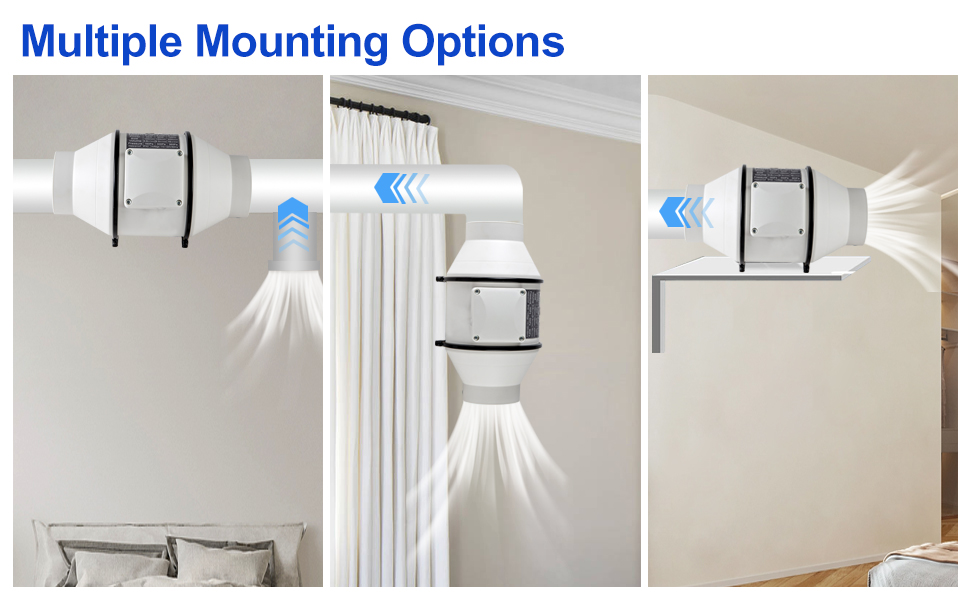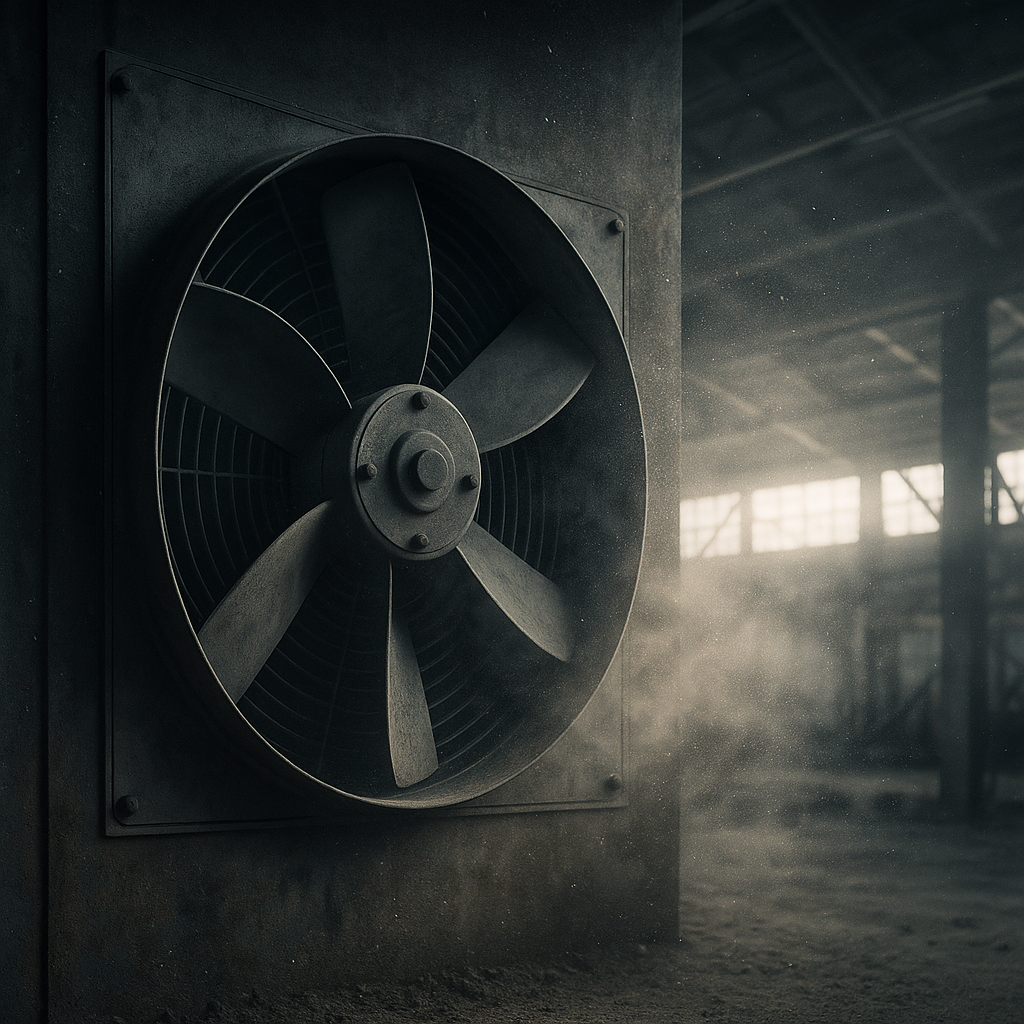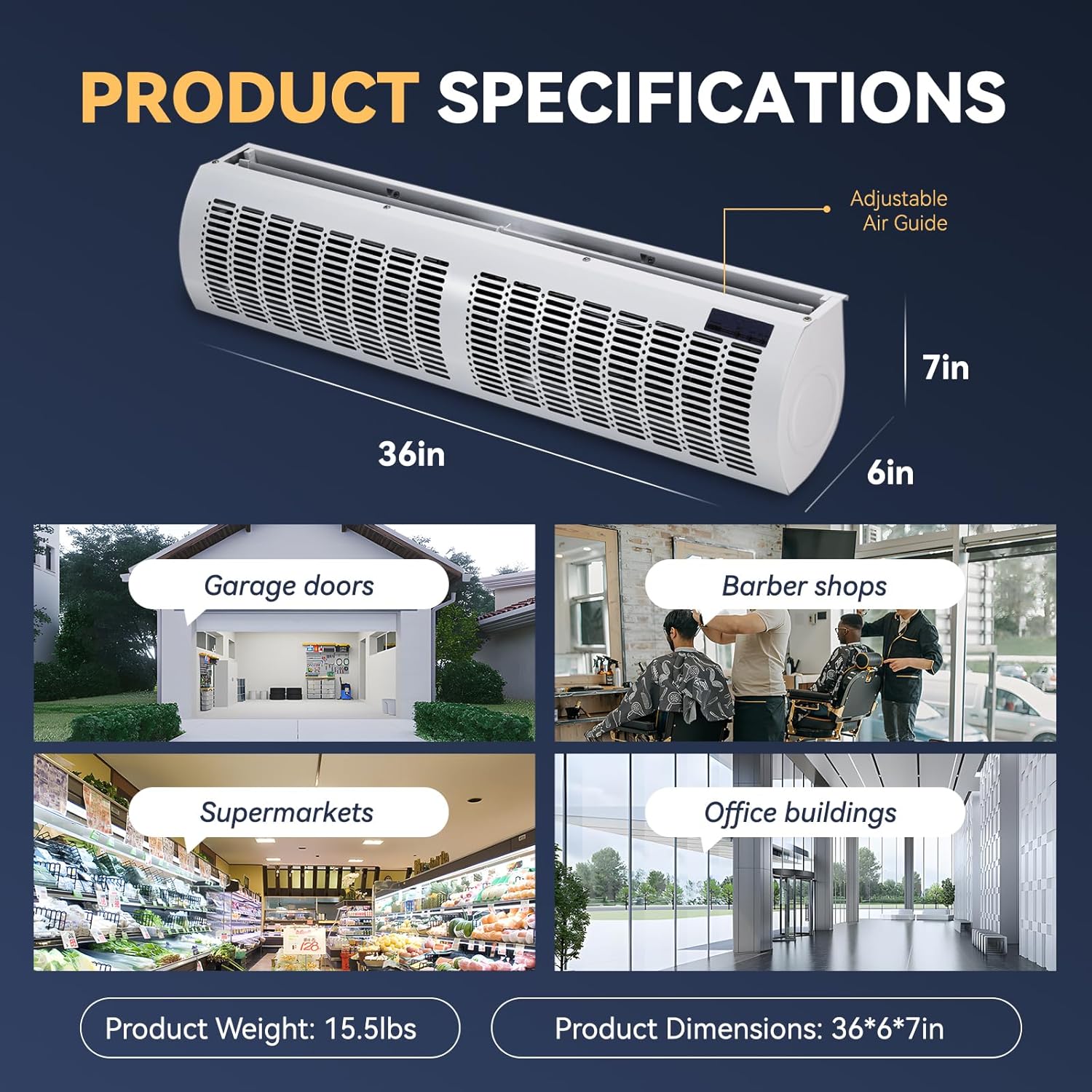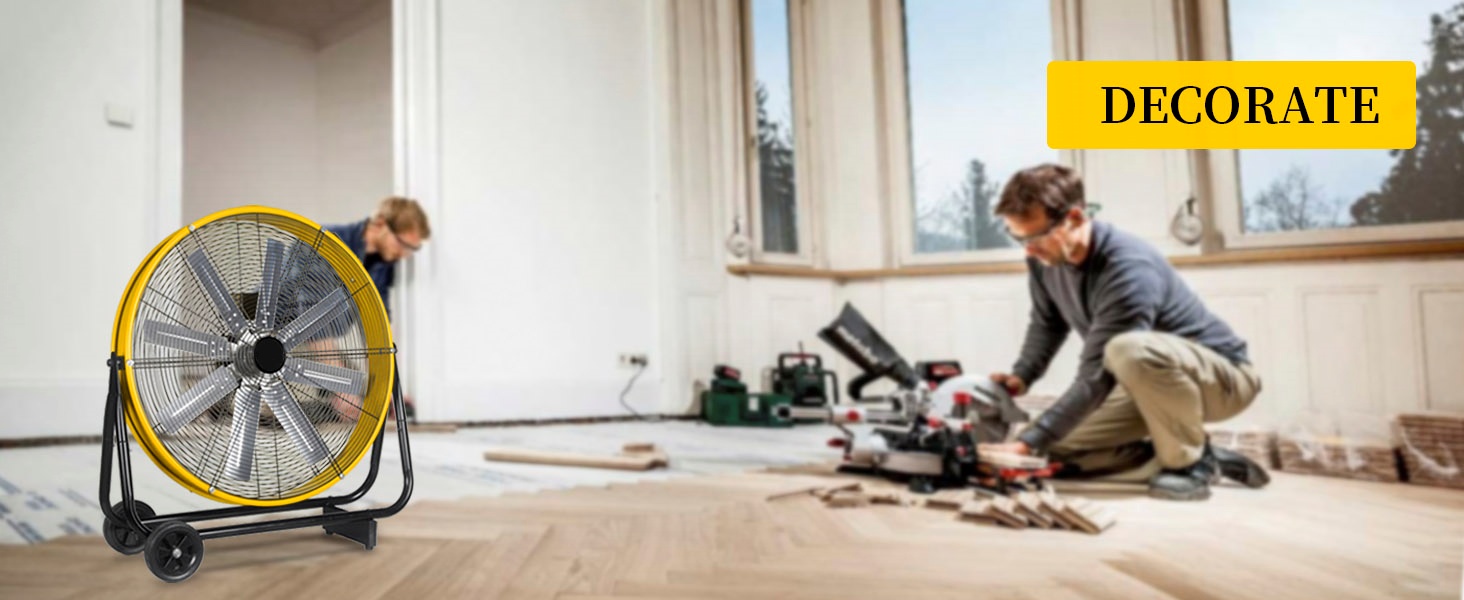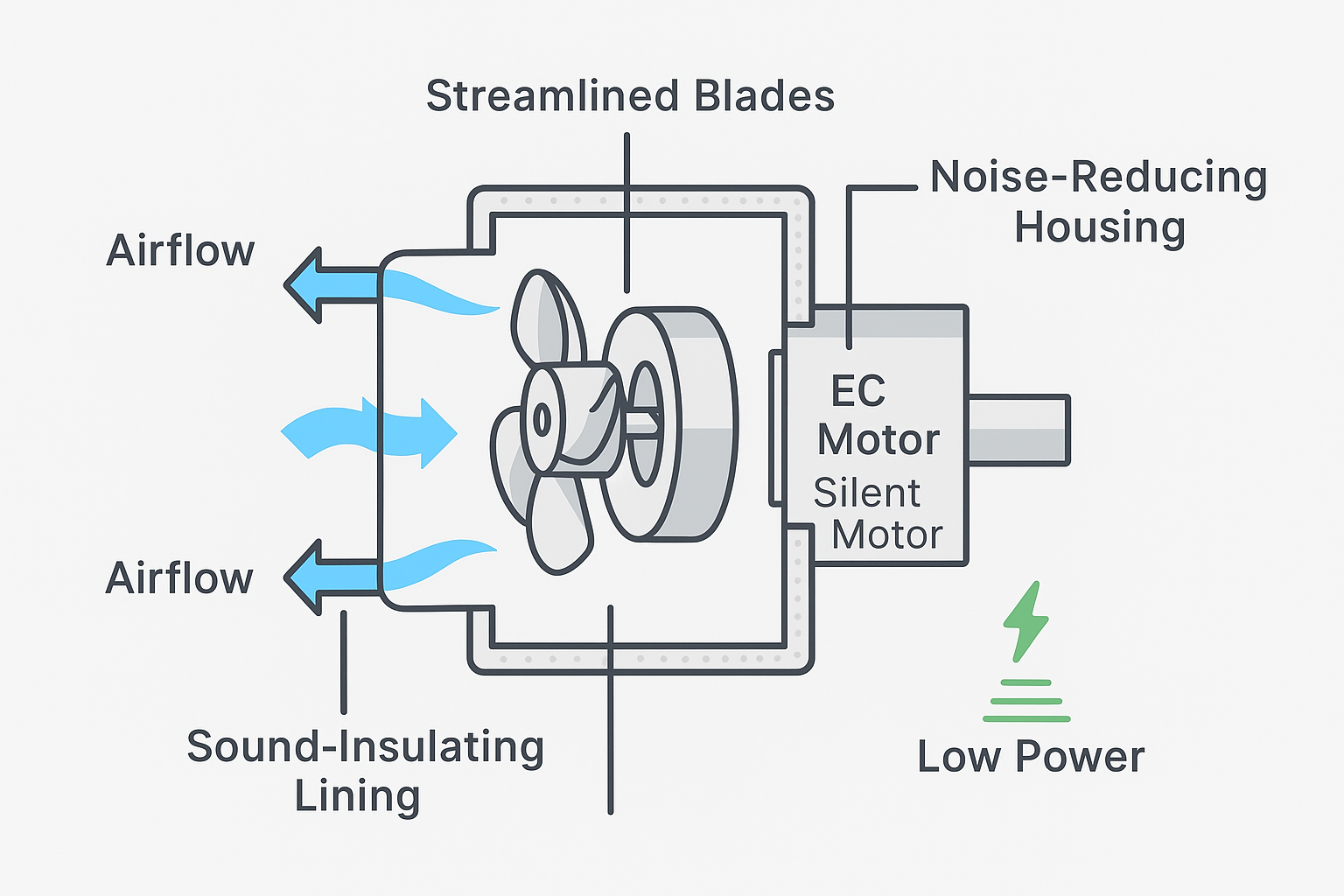What is an inline duct fan and how does it work?
An inline duct fan is a type of ventilation fan specifically designed to be installed directly within a building's ductwork. Unlike axial fans that might be mounted on a wall or ceiling, or centrifugal fans often found at the end of a duct run, an inline duct fan is integrated "in line" with the existing ducts. This strategic placement allows it to efficiently move air through the duct system, boosting airflow over longer distances or through more complex duct layouts where air pressure might otherwise drop. The core mechanism involves a motor that powers fan blades, drawing air in from one end and expelling it out the other, directly into the continuing duct. This design makes it an excellent solution for improving the overall efficacy of ventilation and HVAC systems. An inline ventilation fan can address issues like poor air circulation in specific rooms, enhance the removal of stale air, or help distribute conditioned air more evenly. Their discreet installation within concealed ductwork also means they don't typically interfere with room aesthetics and can operate with minimal noise.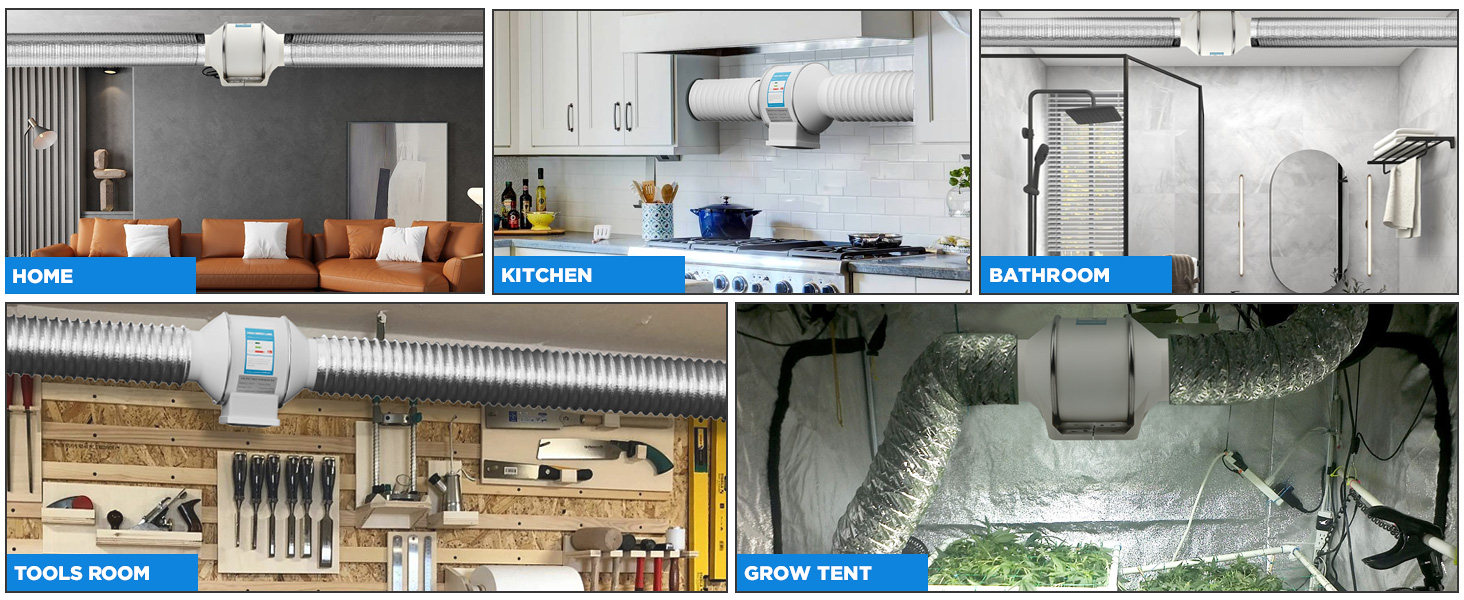
What are the primary benefits and common applications of a high airflow inline fan?
A high airflow inline fan offers significant advantages, primarily centered around its capacity to move large volumes of air efficiently. One major benefit is drastically improved ventilation; these fans can quickly replace stale, humid, or contaminated air with fresh outdoor air, which is crucial for maintaining healthy indoor air quality. This makes them ideal for areas prone to odors, moisture, or pollutants. Common applications for a high airflow inline fan are diverse, spanning residential, commercial, and industrial settings. In homes, they can be used in large kitchens to expel cooking fumes and heat, in basements to prevent dampness, or in attics to vent hot air. Commercially, a robust unit, sometimes referred to as a commercial inline duct fan (which is a type of powerful inline duct fan), is perfect for ventilating corporate offices, busy cafeterias, public restrooms, repositories, and sprawling warehouses where consistent and powerful air exchange is vital for comfort, safety, and the preservation of goods. Industrial workshops and garages also benefit greatly from their ability to handle dust, fumes, and maintain better working conditions. The versatility extends to specialized applications like greenhouses, ensuring optimal air circulation for plant growth by regulating humidity and CO2 levels.
How does an inline exhaust fan contribute to a healthier indoor environment?
An inline exhaust fan plays a critical role in creating and maintaining a healthier indoor environment by actively removing airborne contaminants and managing humidity levels. When strategically placed within a duct system, an inline exhaust fan effectively pulls unwanted air – laden with odors, pollutants, excess moisture, or allergens – from specific areas and expels it to the outside. This is particularly beneficial in spaces like kitchens, where it can swiftly remove cooking smells, smoke, and grease particles, and in bathrooms, where it helps to vent steam and humidity, thereby preventing the growth of mold and mildew which can cause respiratory issues and structural damage. In workshops or areas where hobbies or work might generate dust, fumes, or volatile organic compounds (VOCs), an inline exhaust fan ensures these harmful substances are efficiently extracted. By continuously facilitating this air exchange, it reduces the concentration of indoor air pollutants, improves overall freshness, and contributes to the well-being and comfort of occupants.
When should I consider an HVAC inline fan or an inline cooling fan?
You should consider installing HVAC inline fans when you notice inconsistencies in your home or building's heating and cooling, or if certain rooms don't seem to receive adequate airflow from your central system. HVAC inline fans act as boosters within the ductwork, helping to push conditioned air to far-to-reach areas or rooms with long or complex duct runs. This can lead to more balanced temperatures throughout the space and improve the overall efficiency of your existing HVAC system. An inline cooling fan, while not producing cold air itself like an air conditioner, is invaluable for temperature management by promoting air movement and heat dissipation. They are excellent for venting hot air from specific locations such as attics, server rooms, or equipment closets where heat can build up. In applications like grow tents, an inline cooling fan is essential for managing heat generated by lighting and maintaining optimal growing temperatures. Both types of fans contribute to a more comfortable and energy-efficient environment by addressing specific airflow and temperature challenges that a primary system might not fully resolve.
What features define the best quiet inline fans and what makes an inline blower fan effective?
The best quiet inline fans are distinguished by several key features beyond just a low decibel (dB) rating. Superior engineering is paramount, often involving high-quality, well-balanced motors and aerodynamically designed fan blades that move air efficiently without generating excessive noise. Look for models with insulated housings or those constructed from sound-dampening materials. Features like variable speed controls are also crucial, as they allow you to run the fan at the lowest effective speed, significantly reducing noise output. Whisper-quiet operation is often a highlighted feature, making these fans suitable for noise-sensitive environments like bedrooms, living rooms, or recording studios.
An inline blower fan, another term often used for these duct-integrated fans, derives its effectiveness from its ability to generate substantial airflow and static pressure within a confined duct system. This means it can effectively push or pull air through long stretches of ducting, around bends, and through filters or other resistances without a significant drop in performance. The compact, cylindrical design allows for seamless integration into ductwork, maximizing space efficiency. Their robust construction ensures reliability and durability, making them suitable for continuous operation in various applications, from residential ventilation to more demanding environments like tool rooms or workshops, ensuring consistent air quality and climate control.

